As I have previously mentioned I’ve lately been converting a storage room in the barn into a butchering shop which includes a hot and cold running water sink. One of the challenges has been to install a plumbing system that could easily be shut off and winterized after each use during the cold winter months. Freezing water lines is always a risk here from October through March and keeping the heat on simply to protect sporadically used vulnerable pipes for six months of the year is both costly and a poor act of stewardship when it comes to energy usage. The only answer as I see it is to shut off and drain the entire system; the hot water tank and all water lines and sewage traps, and be able to do it without undo hassle. Here are two things I have incorporated in my butcher plumbing system to help me accomplish this.
The first thing I did was to incorporate a way to quickly empty the sink trap without having to pour antifreeze into it after every use. (Antifreeze is a toxic substance meant for the radiators of cars not to be consistently poured into the ground.) I accomplished this by gluing a small plastic drip-line irrigation value on the bottom of the sink trap (see picture). A sink trap serves two major purposes; one to “trap” or catch objects such as wedding rings from going into the septic system before being able to be retrieved and second, to block sewage smells from coming back up from the septic system. Water caught in the “U” trap serves as a vapor barrier thus stopping odors from passing back by. In our case, the sink drain empties into a non-sewage tank and thus odor isn’t an issue. If it were an issue a rubber stopper could serve to accomplish the same thing. By installing a valve in the trap the drain can easily be emptied when winterizing the system to alleviate an ice blockage and thus inhibit drainage at a later usage.
The second thing I did was to incorporate a permanent air hose fitting and a shut off valve into the system. By doing this the entire system can be blown out in the same manner as a sprinkler system (again, see picture). After opening the drain value I snap on the compressor hose, open the valve which then blows water out of all the low spots in the hot and cold water lines.
With these two simple additions I can shut off the main water source, open the drain valves and free the system of all potential freezing water in a matter of minutes after each winter use.

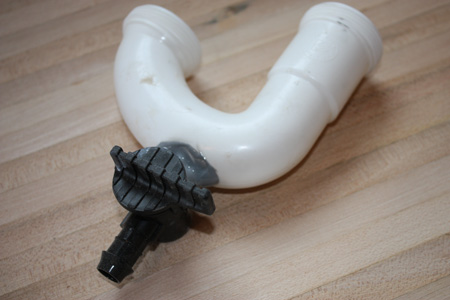
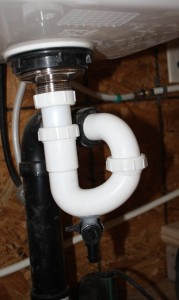
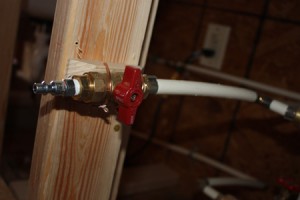
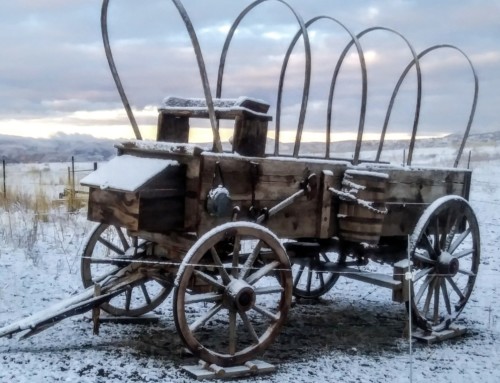
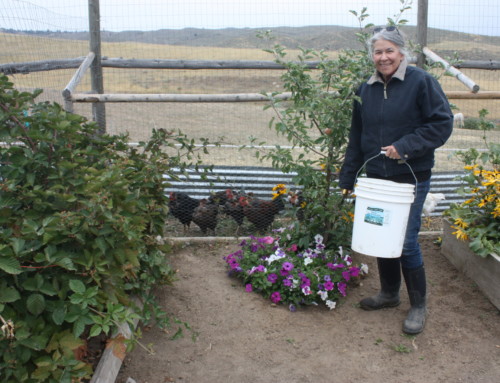
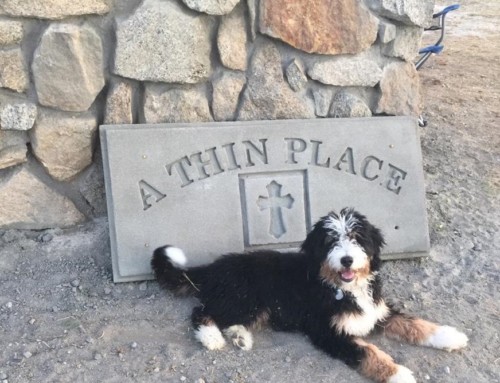
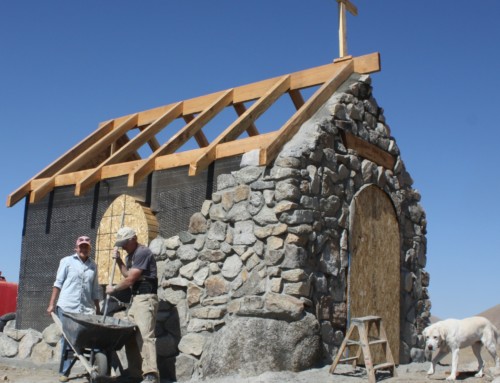
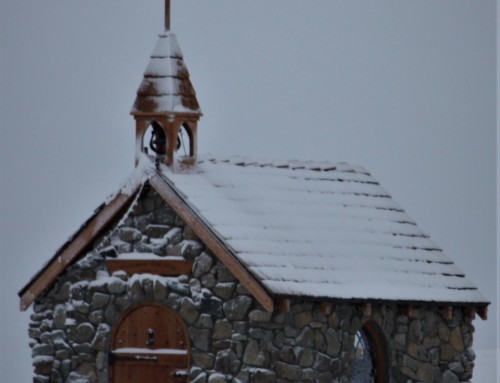
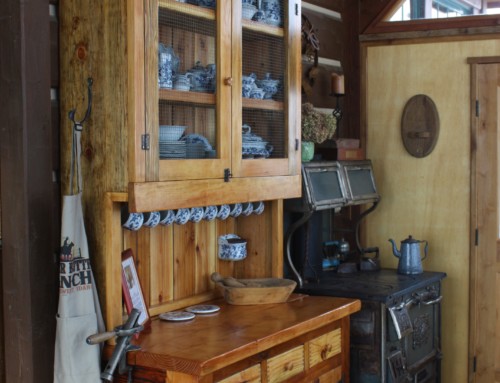
Leave A Comment
You must be logged in to post a comment.